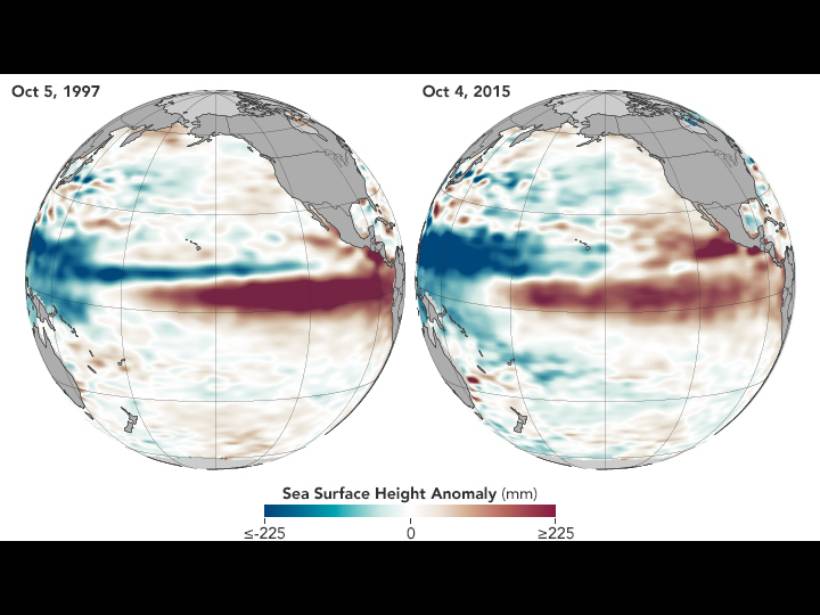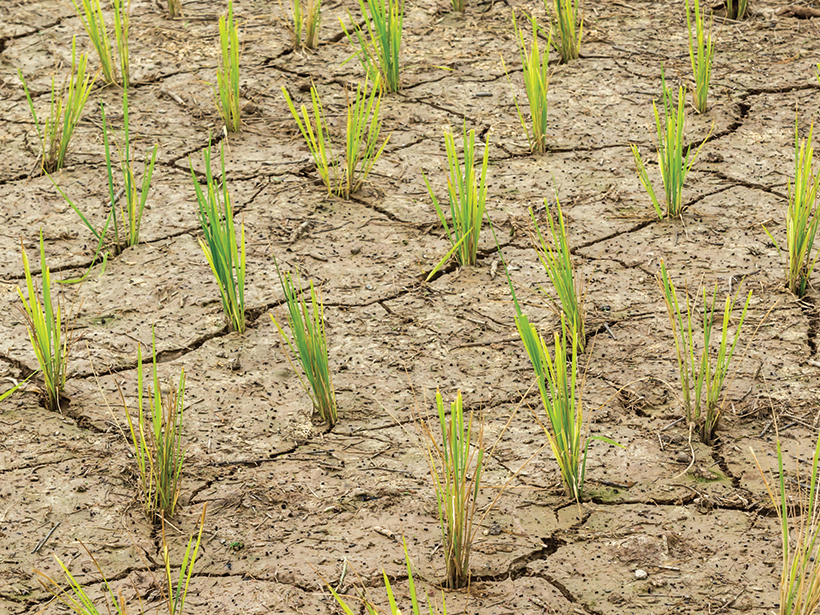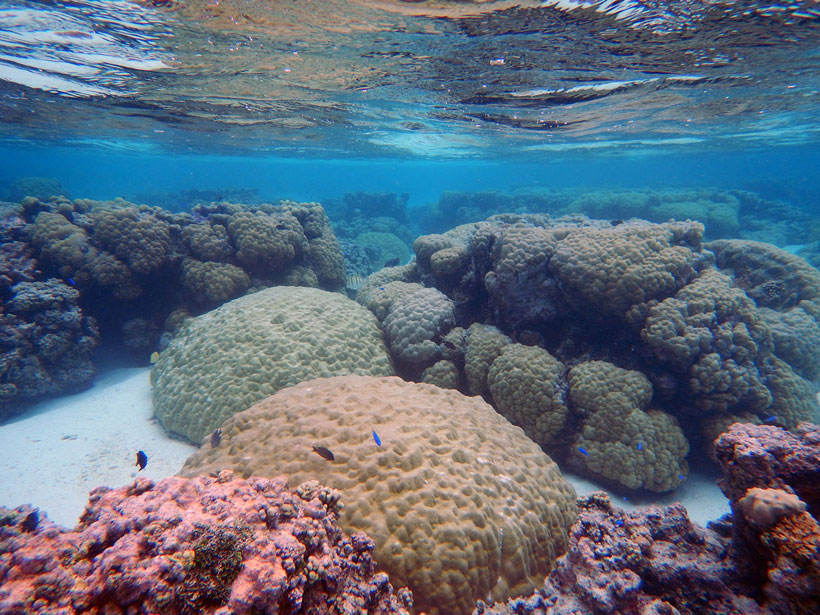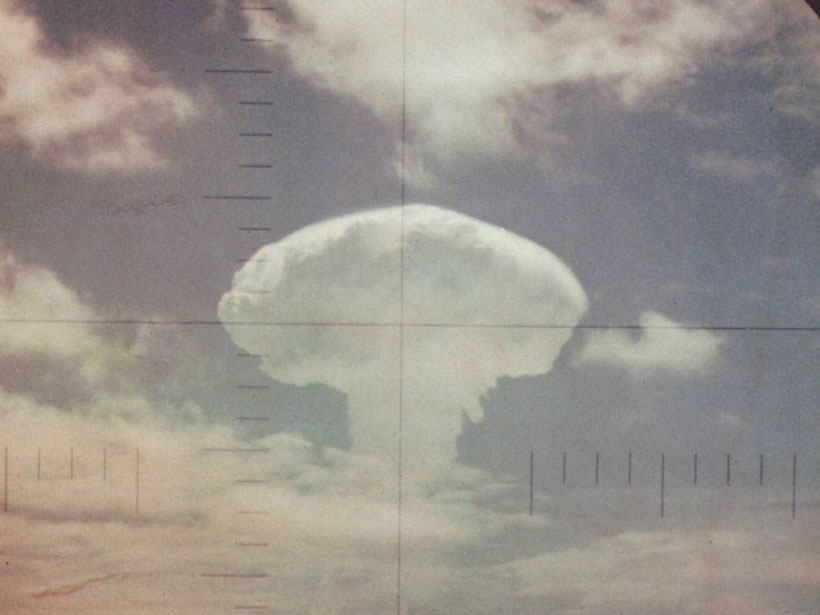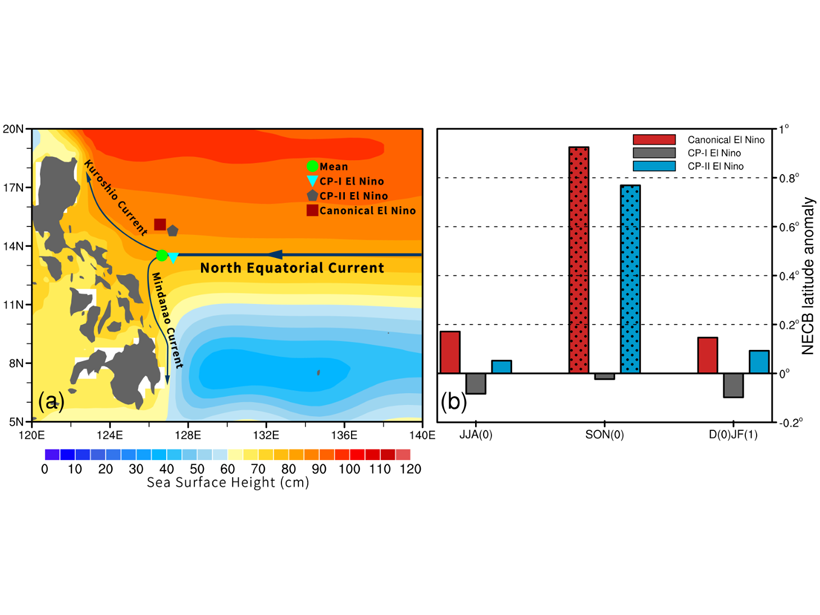Increased tropospheric heating and reduced dissipation combine to explain an anomalously large thermal tide.
ENSO
Climate Change Uproots Global Agriculture
Climate change is shifting where ideal growing conditions exist and is leaving farmers behind. How can we secure our future food supply and support the people who grow it?
Advancing Knowledge of ENSO in a Changing Climate
A new book highlights research progress on El Niño Southern Oscillation dynamics and impacts and how they may change in a warmer world.
Corals Make Reliable Recorders of El Niño Fluctuations
A new tool that reconciles modeling and paleoclimate data builds confidence that tropical Pacific corals reliably archive natural variability in the El Niño–Southern Oscillation climate pattern.
Una Guerra Nuclear Podría Generar un “Niño Nuclear”
Una sacudida al sistema climático provista por una guerra nuclear podría provocar un fenómeno de el Niño como nunca habíamos visto.
Different El Niño, Different Paths of North Equatorial Current
Different types of El Niño have different impacts on the North Equatorial Current Bifurcation and can be extended to ocean circulations in the Pacific and the global climate system.
Chinese Swamp Core Reveals 47,000 Years of Monsoon History
Magnetic analysis of mineral composition supports the importance of tropical climate processes in shaping long-term monsoon patterns.
How Climate Science Is Expanding the Scale of Ecological Research
Tools developed for climate science can help researchers forecast ecological dipoles: the contrasting effects of climate on populations separated by thousands of kilometers.
Análisis Climáticos Para Una Mejor Predicción de Brotes de Diarrea
Investigadores han encontrado nuevas conexiones entre las condiciones climáticas del fenómeno “La Niña” y la enfermedad más letal para los niños a nivel mundial.
Nuclear War Would Spawn a “Nuclear” El Niño
A jolt to the climate system provided by nuclear war could spur an El Niño like we’ve never seen before.

